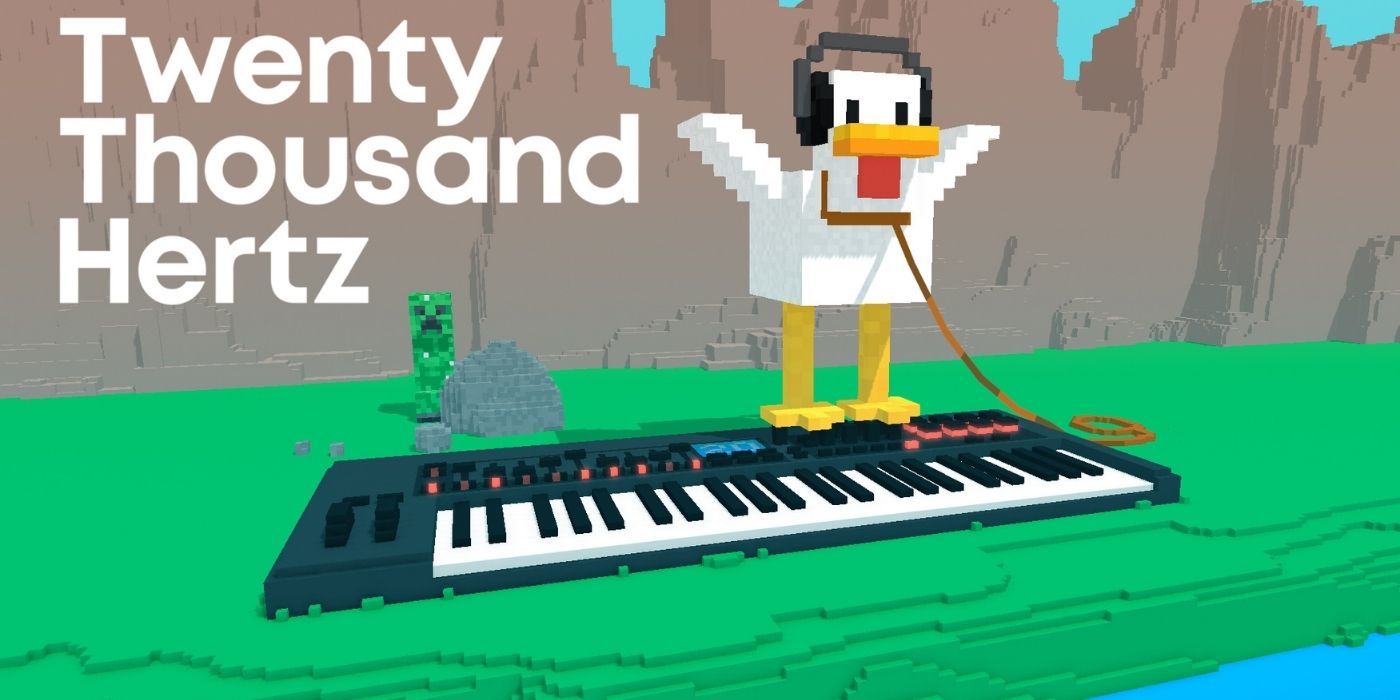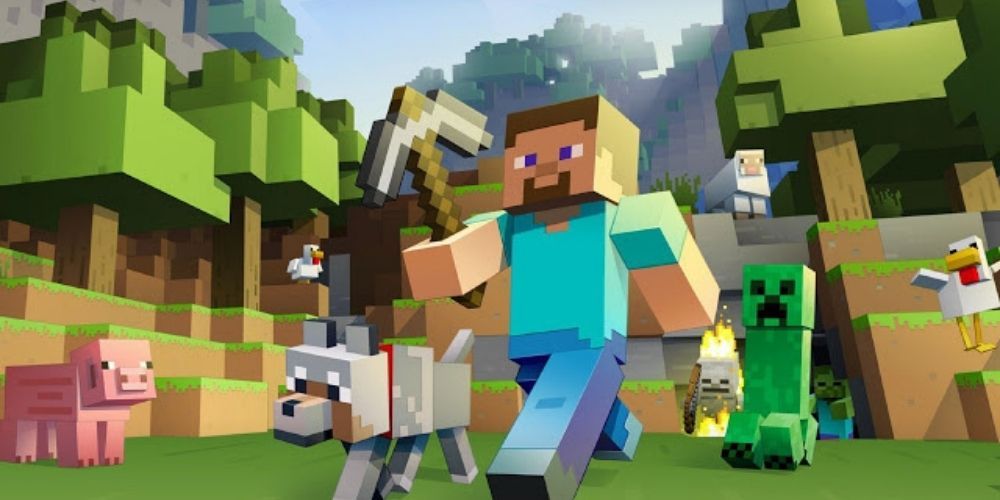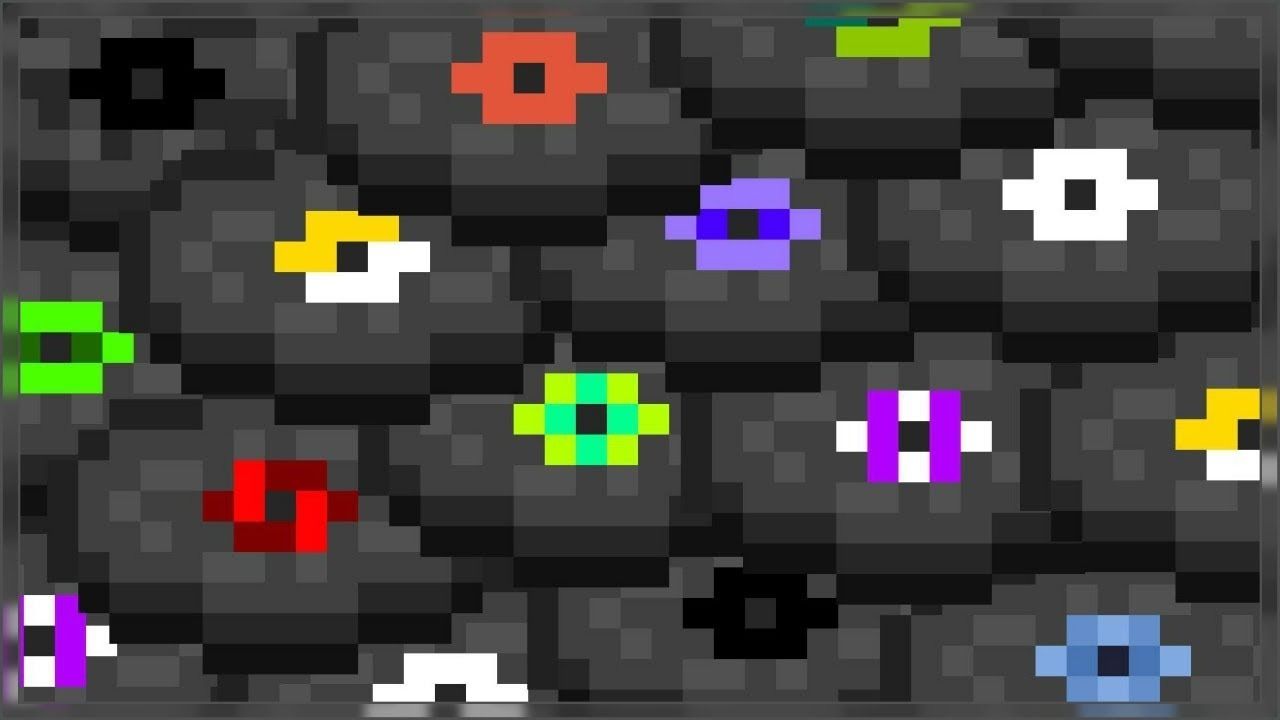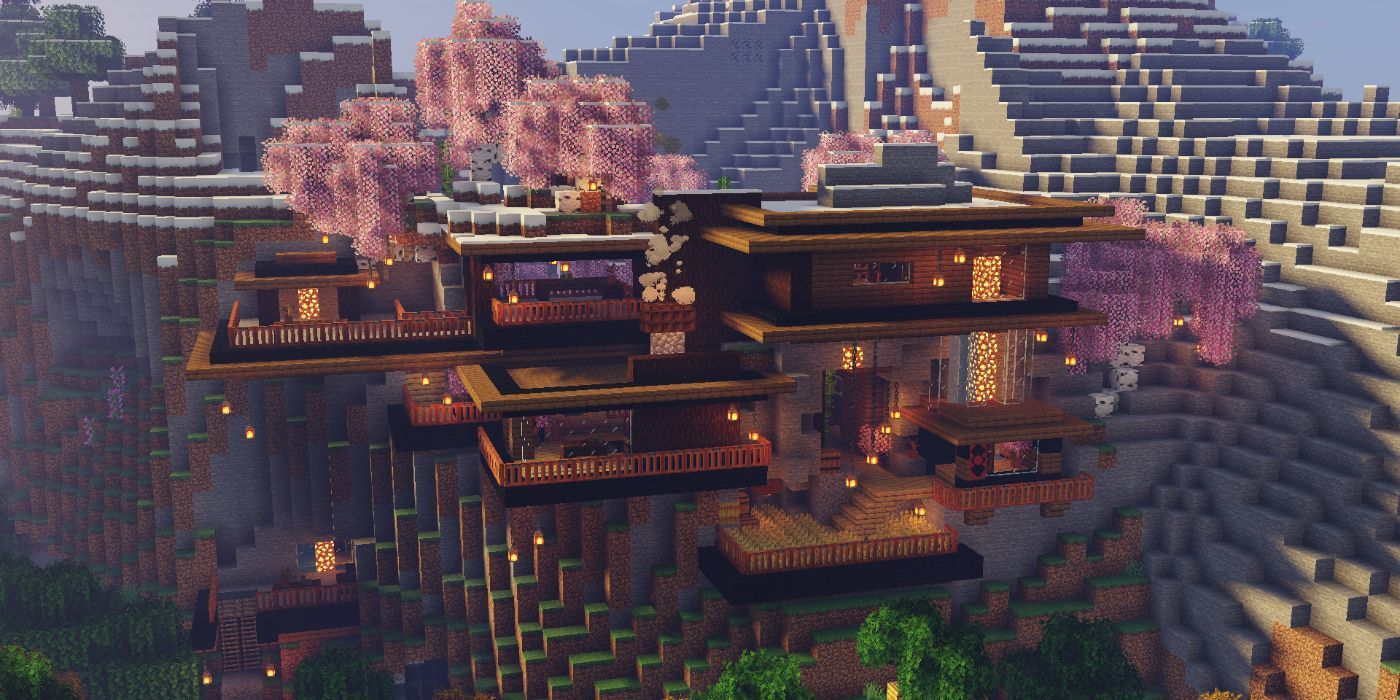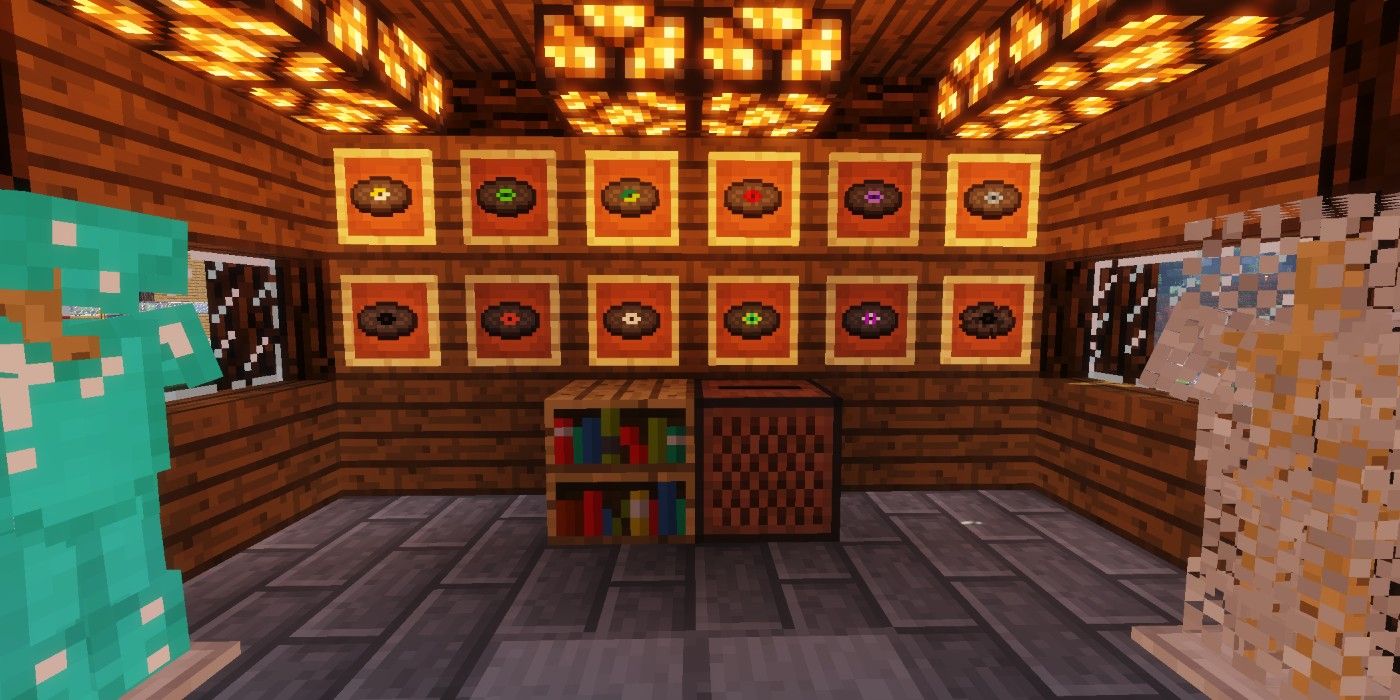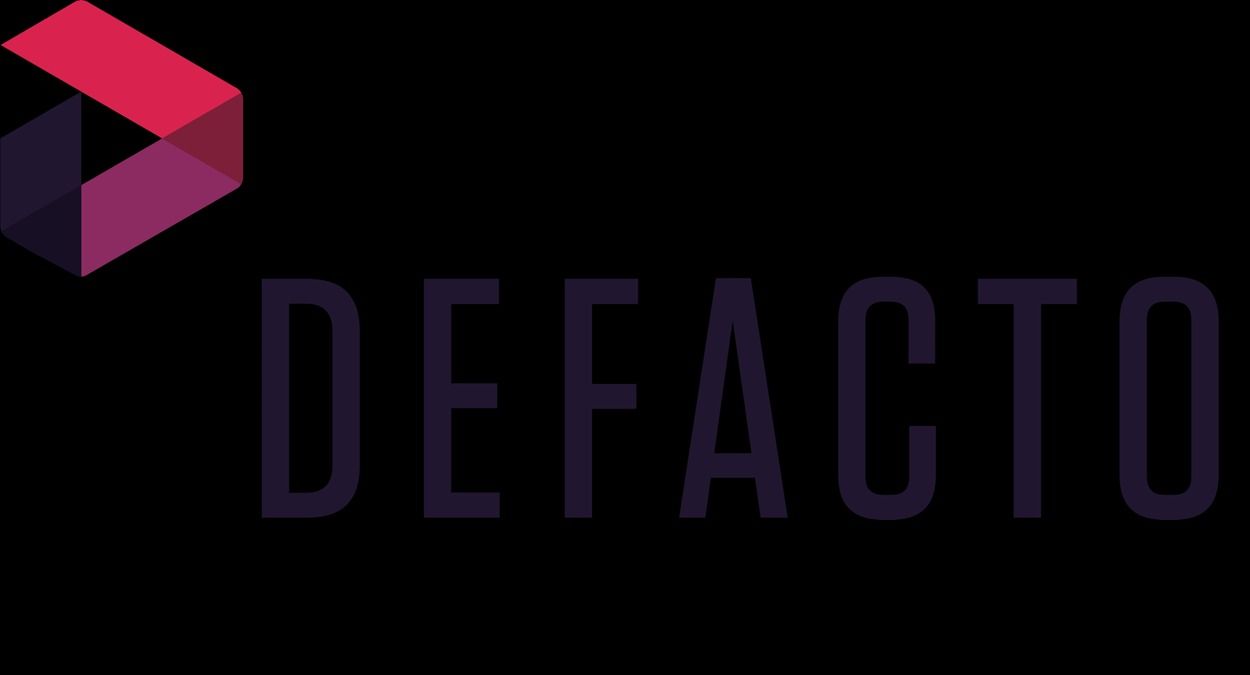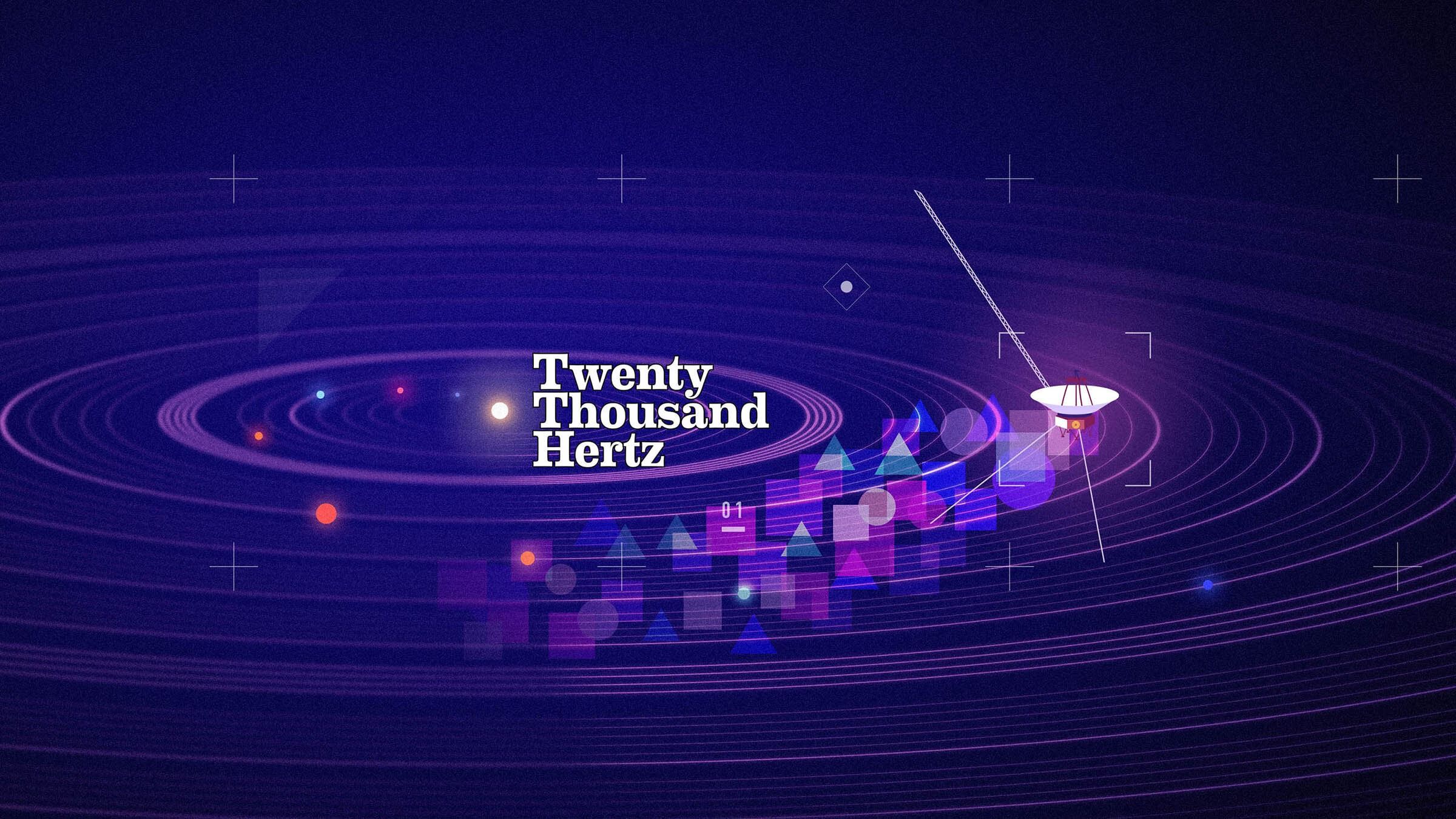Recently, Game Rant had the opportunity to sit down and chat with Dallas Taylor, the host of the popular Twenty Thousand Hertz podcast. This show gets monumental people from various different fields in the audio world together to talk about their trade, and recently stepped into the world of video games once again. Minecraft's sounds are iconic and almost instantly recognizable, so Twenty Thousand Hertz host Dallas Taylor jumped at the chance to speak with C418, the composer and sound designer for everything in the game early on.
This interview references the newest episode several times, so those readers that haven't listened to that yet may want to do so. The episode can be found in the article below or on any podcast player. In summary, Dallas Taylor talks with Daniel Rosenfield, the man behind the legendary screen name C418 and discovered that, beyond the music, he was also responsible for all of the sound design with Minecraft as well. The following interview has been edited for brevity and clarity.
Q: To kick things off, could you tell our readers a little bit about yourself? Who are you, what do you do, and what is Twenty Thousand Hertz all about?
D: Yeah, I'm Dallas Taylor and I am a sound designer by trade, well that's my day job. Meaning that I make sound, I make trailers and advertisements. Promos for TV and video games. I also host a podcast called Twenty Thousand Hertz, and the mission is to get people to fall in love with their sense of hearing. Kind of like they are in love with their other senses.
Q: People do seem to undervalue what music and sound can add to a game or anything for that matter.
D: If you think about it, we routinely curate our senses every day. Like with taste, we know what we like to eat and what we don't. Our sense of touch, we like soft furniture and couches and HVAC. Our sense of smell, we use deodorants and sewage treatments and if something doesn't smell good we fix it. We are very visual creatures as well. In the sound world, obviously we pick what music we like, but that's only a fraction of the sonic world. So my goal with this podcast is to open ears to the things that we hear.
Q: You're fresh off the heels of an interview with Minecraft's composer and sound designer Daniel Rosenfield, but before we get into that, what are some other special guests have you had on your show?
D: Oh there's been lots. More recently, we've had Bill Nye on the show because we wanted to tell a physics story. You know, 'what is sound on a fundamental level?' Which we understand, but we wanted to tell it in the most kid friendly way. Bill Nye kind of explained science to me as a kid so it was sort of a nostalgia trip for me. But as far as other notable guests... Lots of people! So many people are just experts that you might not have heard of, but in their world they are the foremost leading expert. So we had like DJ Jazzy Jeff on the show talking about the 808. One of my favorites was Jacob Collier, just an incredibly talented, brilliant, genius of a musician. Beyond that, we talk to key people in sound who have done sounds that the world is semi-familiar with but wouldn't know the name of the people behind those sounds.
Q: Back to Daniel. During the episode, you talk about how he is a talented composer but was relatively inexperienced at the time when it comes to sound design. What kind of things did this different perspective of his bring to the table when conducting your interview?
D: What's interesting about that is when you don't have a lot of experience in sound design, or anything for that matter, you bring a lot of fresh perspective to it. Especially if you have a really inherent creativity already. Sometimes, I don't necessarily say that school is bad or anything, but sometimes that rawness can give some pretty incredible results. With Daniel, it is obvious that he is such a keen musician, and he really just put the entire sonic world of Minecraft together.
The fact that he had sound chops as far as crafting sound and emotions-- That was just a perfect way to approach the sound design. He kind of already had that in his mind, and what it allowed him to do was create things from scratch. Recording something was the best way he felt it would be captured. So I'm really impressed. Obviously these sounds are still there and they haven't been replaced, so they work and it works within the game.
Q: Raw is exactly the word I'd use to describe Minecraft's sound. They are unrefined but they feel real and genuine.
D: They are distinct. It's interesting because it was actually the current Minecraft team that pitched us doing the episode. We got an email from the current team and it was really neat because it was something that's been on our radar but it was like an open invite to talk about it. What we ended up doing was really focusing on that origin story. We may revisit it later, but I really wanted to hear it straight from Daniel. I had no idea he did all the sound design.
Q: Neither did I! As a Sound Designer yourself, what was the most shocking technique that Daniel used when creating the sounds for Minecraft? He mentioned that he used a lot of unconventional methods.
D: I thought it was great to hear, the thing that sticks out in my mind was the snow sound. Because it is so wholesome and just... I just think it is awesome that he went out and recorded snow. That's another thing, if you are in the echo chamber of the sound design world, we all know that you use cornstarch to record snow, but it was just so cool to see that he just had a microphone. His sound design is all a microphone, a sampler, and a synthesizer. He did pull some things from a free sound effect library and eventually started replacing those, but that was the cool thing. I don't think it was something that he did, but he mentioned that the sound of digging was just footsteps sped up. I never recognized that.
I thought that was a cool tidbit that I never picked out in all my hours of playing Minecraft. Those were the two that really just stuck out. The other thing that stuck out is the fact that he actually had voices for children that never made it into the game. He had made children's voices but I guess it was Notch that brought in the villager noise and just pitched it up. Those were three that interested me.
Q: Although it is obvious that your daughter is a big fan, how much Minecraft do you play? You mentioned you play a lot, so how do you feel the sound design and music affect the player's experience with it?
D: Oh yeah, I play a lot. To me, it's almost like a wholesome meditation game, and I think my daughter feels similar. Daniel mentioned his feeling of seeing this place for the first time, this giant desolate place. And all the music leans towards that, which makes perfect sense now in the game. I never really put all that together that the music was pushing the feeling of being in this peaceful, desolate, kind of lonely, but meditative and explorative place where you can build things. It's like Legos but it is kind of meditative.
Even the choices they made of having programmed random silence for a while to give players time to listen to the sound of the game and then randomly it comes back in. It's just so smart, I think that's a lot of Minecraft. If you were to pitch something like that now or even prior to Minecraft, no one would think it would work. And yet it did. I don't know how this game would have felt if someone else did the sound. I think it's almost scary to think what Minecraft would be if the sound was different.
Q: That's a really interesting point. As we discussed, people often undervalue what sound brings to the game. It's interesting to think what it would be like if Minecraft's sounds were more refined or processed.
D: It would be a bit more sterile, maybe? There's definitely a push in the sound design world for things to be perfect. Games are the leading source of the most ambitious sound design out there, and so a lot of games use very refined sounds. It works in most games, but it may not work in Minecraft.
Q: Moving on from Sound Design, a big portion of the interview was dedicated to Daniel's original compositions. Many players know the name C418, but it must have been a great experience to meet the person behind that name.
D: I didn't even know what his name was other than C418 and I didn't know that he did any sound design. I had no idea what to expect. I hadn't really done a lot of research, I know I could have done a simple google search, but for a lot of our shows we greenlight these shows just because they are so monumental. At some point it's like we are just telling the story. Most people have a good idea of who they're interviewing ahead of time, but for me it was more about finding it out as I go. But yeah I didn't know much at all. It was nice to hear the story straight from the source.
Q: I think it's great that you have that perspective because most gamers share it as well. This is a great way for Daniel to get some recognition for what he's done.
D: Sometimes, especially when I'm making a show, learning things, or trying to educate people, sometimes staying somewhat ignorant to the subject is a good thing. I want to ask those dumb questions. Someone else would be like 'oh my god you're talking to this person and you asked that?' I find that style of interview refreshing. Now it may be kind of odd to the person I'm interviewing, but I want it to be available for everyone. Like my daughter, I want it to be for her, I want it to be for my 80 year old grandma, and everyone in between. That's kind of what the guiding light of the whole show is. Being able to be kind, wholesome, joy-filled, and approachable for anyone. In this case whether they play games or not.
Q: There's no denying that Minecraft's music is unique, you even say it yourself. It seems to capture a huge range of emotions that work great regardless of the situation the player is in. Did Daniel give any insight on how he was able to accomplish this?
D: What's interesting about it is Daniel explained that he had no control of the triggering of that music which I found really fascinating. There was no way because of the randomly generated nature of the game, he said that there was no way to make cave music play when you went into a cave, which is a huge limitation. If he wanted to, as a composer, push the player along in a certain feeling, he really didn't have that ability. With his music, he had to think about crafting this music, any track, for any moment. That is like an impossible task.
You might have something that, the same track you hear in a cave you hear at the top of a mountain or out in water. It's just wild to give a composer a task that's just 'I need a bucket of music that just is gonna play all over the place.' I'm a big fan of creativity within constraint, but what Daniel is doing is creativity and the constraint is just the looseness and that entire random feature. It's fascinating to hear that all these tracks were written and could play at any time and just work.
Q: It's truly amazing because at the same time he had almost unchecked freedom with his compositions.
D: I thought about that a lot. I think one of the most powerful things that Daniel mentioned is that he was not really pushed back on any front. Pretty much everything he did made it into the game. It got me thinking about creativity, and how it is so easy to, from my perspective, to shoot things down when you don't hear it in your head. But the value in really giving creative choices time to percolate is huge.
That's what I got out of it creatively, giving myself more opportunities to stop when I hear something and really try to understand it. That really blew me away as someone who is crafting artistic things already, the time to let these things percolate. In Daniel's case, in Minecraft, he just crafted the whole thing. Sometimes if things are over directed or we are too far into the weeds with a specific thing we want, maybe sometimes you're not gonna get the best thing.
Q: Towards the end of the episode, you and Daniel also talk about ambience within the game, bringing attention to those creepy sounds that sometimes play. Remembering back to the early days of Minecraft, they really served to set the mood and put players on edge, especially when in caves or other dangerous areas. This along with the somber, reflective music really work together to create a mature tone for a game that is otherwise carefree. How do you think those clashing concepts work together so well?
D: I think you said it better than I would say it! Yes, that's amazing. With the ambience it is attached to a block and has to spawn, but maybe with that I'd say it is an enormous game of 4D Tetris sonically. So many things can be happening with so many different tones, so many different tracks that can play at any time. When you think about it in that regard, and we didn't get to this in the show, but there had to be some kind of guiding principle that helps keep everything together.
If anything can be going on at any time, they need to be able to somewhat work sonically together. Usually in traditional gaming you keep these boundaries together because we know this track plays in this place so we know this sound effect will work here. You have that type of control. Whereas with Minecraft you don't. I just think it's like a 4D game of Tetris to make all of that work together all the way to the point where Minecraft is now.
Q: You mentioned your day job, I'm assuming you're referring to Defacto Sound. What can you tell me about that?
D: Yeah, I own a Sound Design company. Over there, we primarily work on trailers and advertisements and things. Those Netflix trailers that play when you hover over them, we do lots of those. We do lots of HBO trailers and recaps, and Discovery Channel stuff and car spots. Basically any car that needs to just sound super epic. That's basically what the studio behind this podcast does is just really epic sound design and trailers.
Q: I saw on your site that you did the Skyrim launch trailer. It seems to use in game sounds. Do you make all the sounds or do they provide the sound for you?
D: It's a hybrid. So not only did we do the Skyrim launch trailer, but we did a lot of Fallout. A lot of Fallout New Vegas and DLC for that and then Fallout 4. With games, one of the reasons we work a lot is we are really trying to represent what the game is. We know the barrier between... These sounds in the game are triggered and they are approached from a gameplay perspective, but that's different in a trailer. In a trailer, we have the ability to make them heightened and sweeten them. We give them more character. While we certainly use these raw assets, they'll send us giant folders of every weapon and every action, we are just very particular to make sure whatever we do straddles this line. Someone that knows this game inside out, five, ten, twenty years from now, if someone goes back and watches this trailer it still sounds accurate.
So we are always grappling with the accuracy of the game and the epicness of this trailer. So we sweeten a lot of things, and we add a lot of things too. Sometimes these trailers are CGI or they have different things that aren't in the game. So we add things for that. It's important to really understand the sonic aspects of what the game is. You also have to remember a lot of these trailers, we don't get to see the game, we're just seeing a trailer. We do get some behind the scenes look, but we don't have much to go off of. I think we did a good job cause you watch some of these trailers and they still feel like they fit.
Q: What are some games that you've worked on? And is there anything that you are particularly proud of?
D: There's a lot that we did for Dishonored. I feel like that game had so many extraneous trailers and little short animated stuff. It was just so smart, so we did a lot of stuff for Dishonored, something about that game is just really sonically rich. Pretty much anything we did for Dishonored I feel like is really great. Other things, I love doing cars. I love hearing the sound of the engine, and we will also sweeten that too. We'll put little animal growls in to just give like a personality to a car. If we're using a Dodge Charger or something it still sounds right, but we add little things like a lion roar to give it that kind of fear, that fight or flight response.
I just love that and I don't know how long that's gonna last. Cars are getting quieter and quieter, and the days of big muscle cars, over the next few generations, I don't think we'll have that visceral reaction to engine sounds. Sound design is just so extreme right now, so awesome, there's so much we can do with a car, but in 20 years, I don't know that cars will sound like that. It's just so fun to do engines.
Q: How does hosting Twenty Thousand Hertz affect your work with Defacto Sound? I imagine that talking with all these bright minds would help a lot!
D: When I started Twenty Thousand Hertz, it was much more with a focus in sound, television, and games because that's my background. I didn't even myself realize just how vast the sound and hearing world is. I'm continuously blown away at all these fields, whether it be audiology or accessibility or linguistics or neuroscience, I mean there's so many directions of sound that are beyond sound design. I love doing sound design episodes, but at the same time I just love going deeper into places that I had no idea existed. Our sound designers are very much tasked with helping to tell the story, so rather than being presented with 'here's a picture and here's a full storyline and a music track,' over at twenty thousand hertz, we are all sound designers/writers/evangelists for sound.
So what I've found is that the knowledge we have cumulatively gained by being fortunate enough to make this show, it is so easy to put a strategy to every project that we do when we know so much depth of knowledge on everything we do with sound design. I guess I started thinking of the sound world as being very small, but where I'm at right now I know it's very big. There's so many directions for it.
Q: What if anything did you learn from Daniel that you feel you could apply to your work there?
D: I think the power of just a microphone. There's so many tools, but when new Sound Designers ask 'what's the most valuable tool? I don't have much money.' Nothing beats a microphone and just the most basic tools. Because the performance of a sound, you have so much control over a sound when you're performing it yourself rather than trying to modify it digitally. When Daniel kind of expressed his story, it just reminded me that 'get out of my studio, get a microphone. Get out there and start recording stuff, make sounds you're trying to make in the real, analogue world.'
Q: To close things out, is there any chance we'll get a download for your daughter's Disneyland world?
D: Oh I wish I could, she's so sweet. She built the tiniest little Disneyland world, it doesn't even look like Disneyland, she's like five. We did find the actual Disneyland servers though so we've been exploring that.
Q: Finally, is there anything you'd like to share with our readers?
D: Yeah, I would say that there's other shows in the gaming world. There's also more coming up.
For those interested in more, he recommends these:
- Twenty Thousand Hertz #3 | 8-bit
- Twenty Thousand Hertz #25 | Level Up
- Twenty Thousand Hertz #54 | The Xbox Startup Sound
- Twenty Thousand Hertz #30 | The Bleeps, The Sweeps, The Creeps
Subscribe to Twenty Thousand Hertz in your favorite podcast player.
Minecraft is available now for Mobile, PC, PS4, Switch, and Xbox One.

